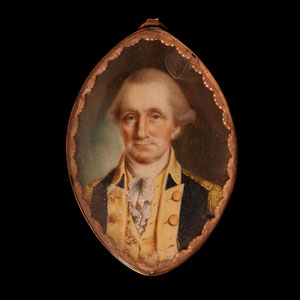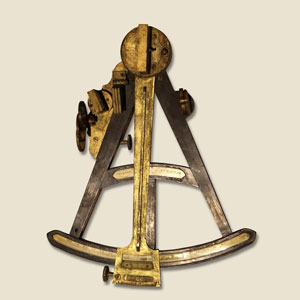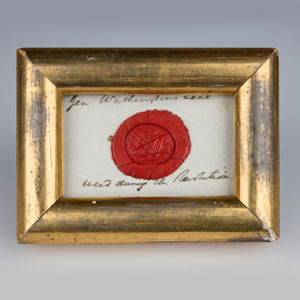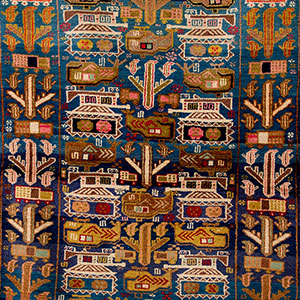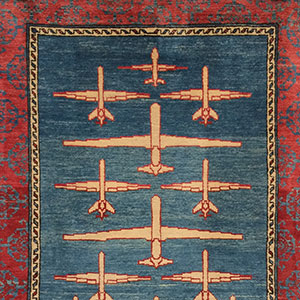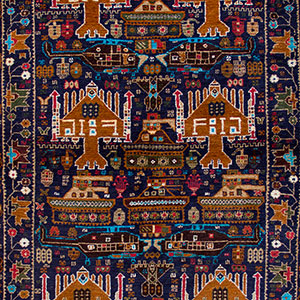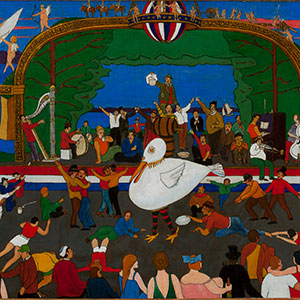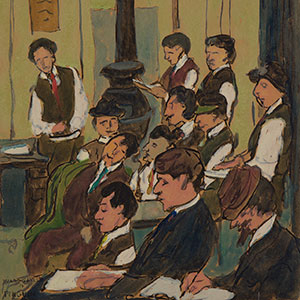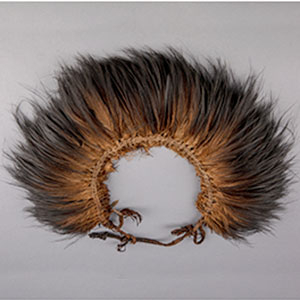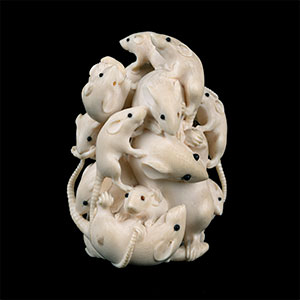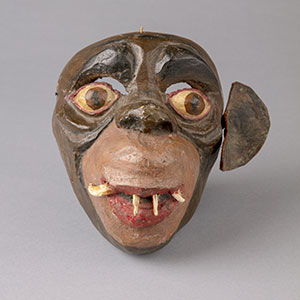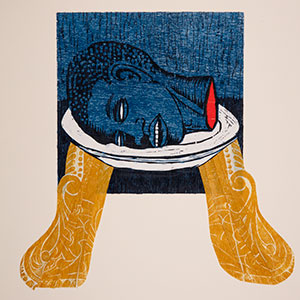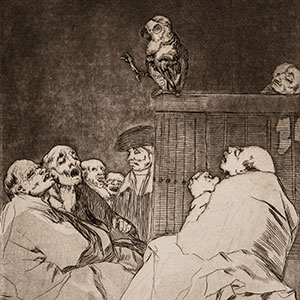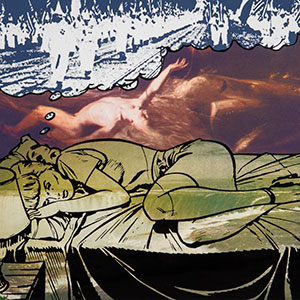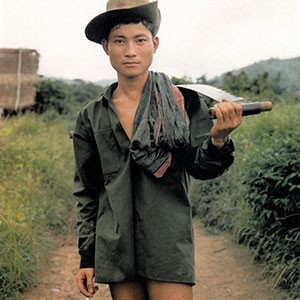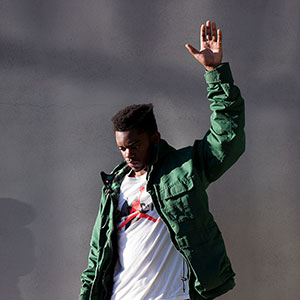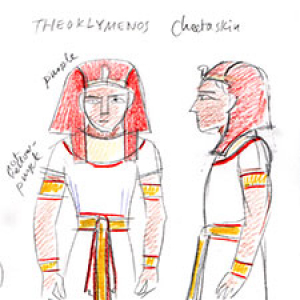September 14, 2021- December 2, 2022
In 2020 and 2021, we began to take down artworks and deinstall galleries that have been on view for decades and whose subject matter or background is hurtful to members of our community. Instead of filling these spaces with new artworks immediately, we have left them as intentional signs of the Museum’s commitments to transparency and holding itself accountable as part of The Fleming Reimagined.
Markers of these absences will be on view as large labels throughout the Museum, as staff and students reflect on the problematic histories behind the collections, and begin the collaborative process of rethinking what we collect, how we display it, and the words that accompany it.
In the coming weeks there will be further changes and additional Absence labels in our collection galleries, addressing unethical, racist, and colonialist collecting and display practices throughout the Museum’s history–practices that were rampant and accepted in American and European museums with global collections for far too long. Some labels will respond to the absences left by artworks removed or galleries closed; others will address artworks or galleries still on view, but speak to past gaps in understanding on the part of predominantly white staff to the impact our choices have had on Black, Indigenous, and people of color.
These absence labels are part of a larger reckoning, a frank examination of how white supremacy has informed every space in the Museum. Building trust by acknowledging those past failures, and making space for true collaboration with new voices, is the first building block to a reimagined Fleming Museum.
